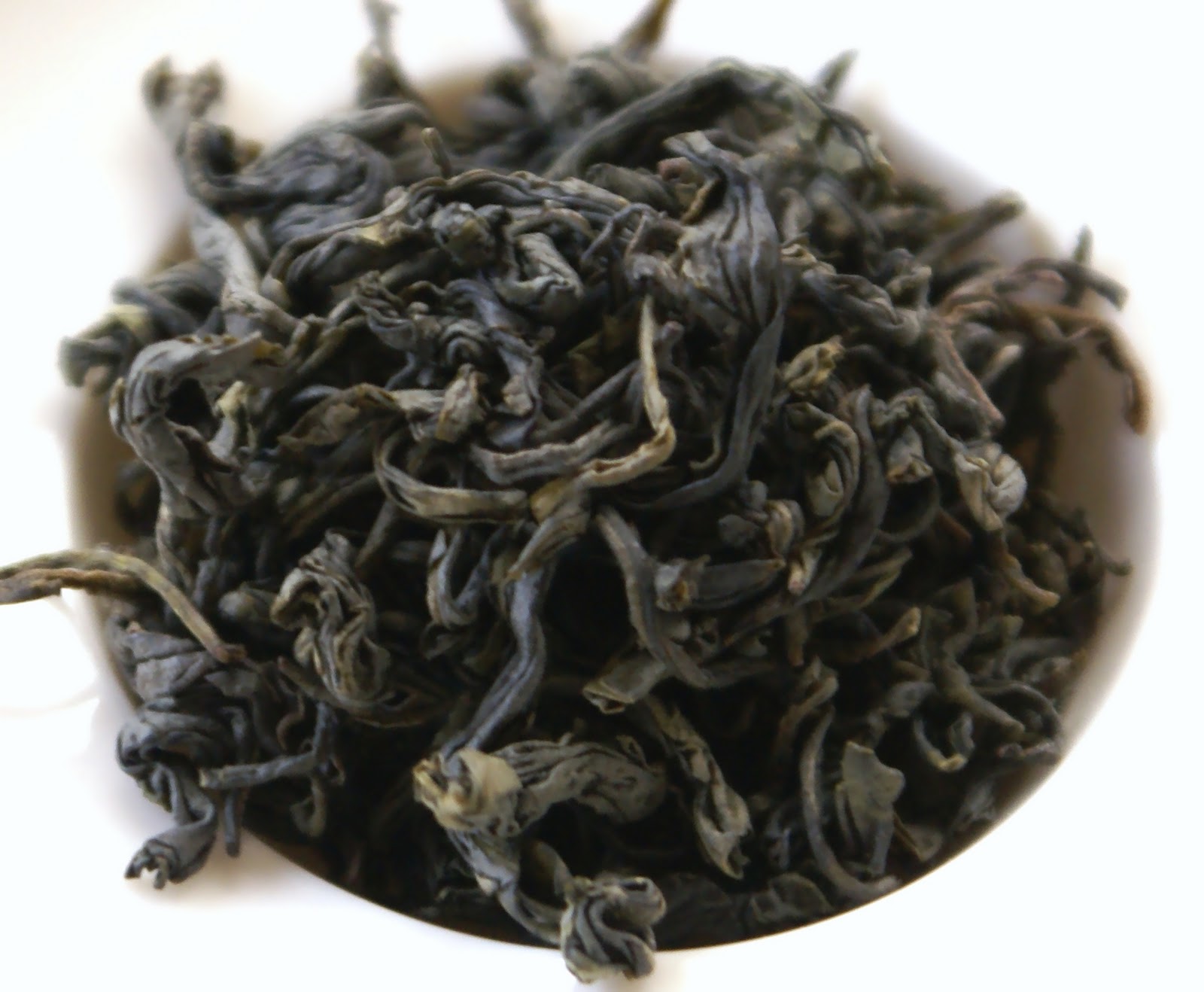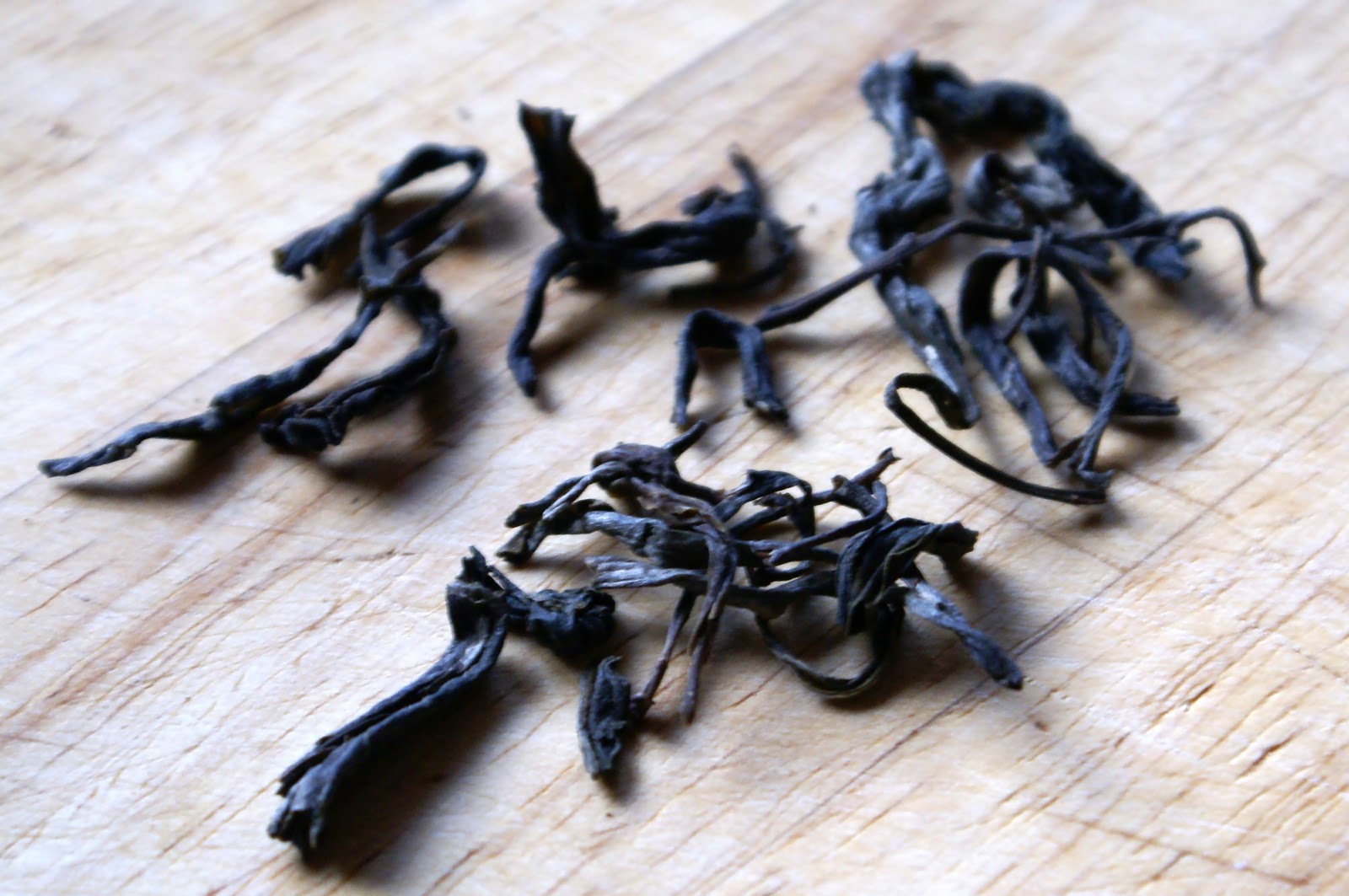Two teas from Vietnam
Posted on 7 December 2010
I almost never drink tea from Vietnam. Although it’s the seventh world producer of tea by volume (producing 50% more than Japan), we don’t see a lot of quality stuff. Specialised merchants offering several dozen references from China and India will usually have one or two from Vietnam, at most. Your chances of tasting tea from Vietnam are in fact higher if you buy one labelled as Chinese: apparently many Chinese greens are in fact emulations sourced from Vietnam.
I received the two following Vietnamese teas from tea friends as tasting samples. The green Che Thai Nguyen is a generic green tea coming from the northern province of Thái Nguyên, one of Vietnam’s largest producers. I have no information about who produced this tea (it was purchased in a Vietnamese grocery shop), although for those interested the Thái Nguyên province has a website with some news on tea and photos of tea plantations, and there is also this Facebook page about Thai Nguyen green tea.
My sample has fairly large plantations leaves and a dark emerald colour: the closer this comes is to green tea from Korea that I reviewed here, so I expect a fairly hefty brew while I heat the water to 80C. The infusion is actually a nice surprise. While hardly very deep and sophisticated, this tea is clean and characterful, with some good fruity notes balancing the obvious tannic punch on the finish. From several brewing regimes I tried, I much preferred the lighter ones, dosing cautiously at 2.5g / 80ml and keeping the infusion time rather short: this lowers the throat dryness while emphasising the subtler grainy and vegetal notes. The latter, redolent of green peas, made me think of a lower-grade Longjing. Good simple everyday tea.
My other Vietnamese tea today comes from further north, the Hà Giang province bordering with Yunnan, China. A friend who’d been to the Shan Tuyet mountain range brought this sample of loose tea:
Upon close inspection it appears to be puer tea in the unpressed form: maocha. The leaves are thin and fragile indicating plantation trees, and it’s not a high grade: many leaves are fairly large, there are no buds. The colour of spent leaves is a healthy green though, indicating decently good processing.
I don’t have a lot of experience with Chinese maocha but the taste of this tea was exactly as expected: an unsubtle puer with good bitterish kick and some decent mouthfeel. Wholesome and authentic if unsophisticated. It’s probably not worth of designing a special brewing regime for this: I just grabbed a sizeable amount of leaves from the bag and infused in large gaiwan. There’s not much resilience: after three infusions the tea becomes quite bland. If you’re into this sort of things I guess this tea compares reasonably with a Yunnan equivalent.
Disclosure
Source of tea: samples received from friends.






